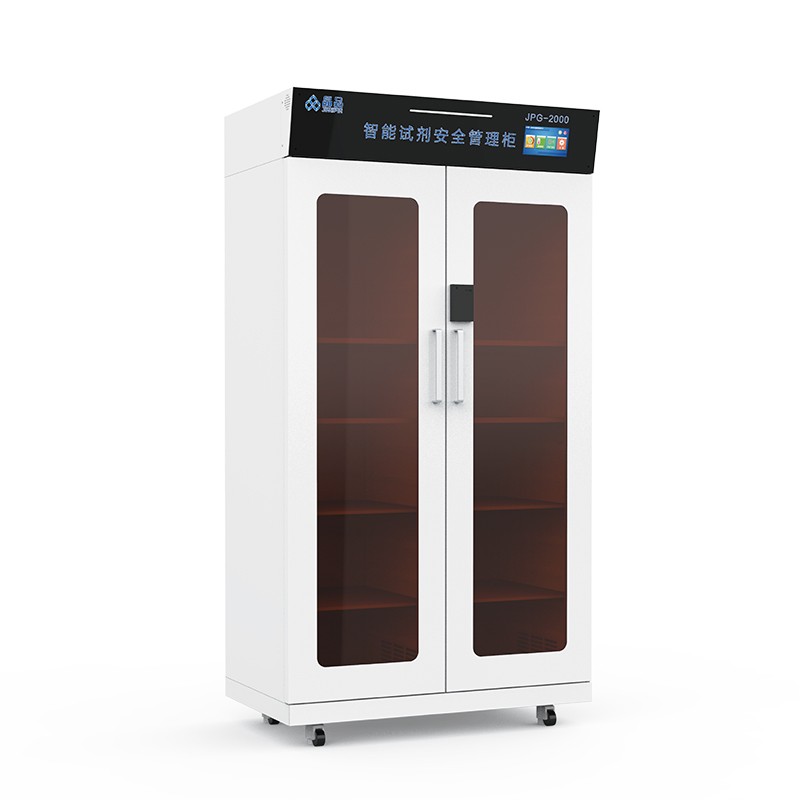
Products
Reagent cabinet, Lab reagent storage cabinet, Intelligent reagent Beijing Jingpin cabinet 2024-05-10 11:47 460
Chemical Storage Cabinets (Chemical Storage Cabinets) are storage devices specifically designed to store and manage various types of chemicals. These reagent cabinets provide a safe, orderly, and regulated storage environment to prevent chemical leakage, volatilization, or unwanted reactions with other substances.
Here are some important features and considerations regarding reagent cabinets for storing chemicals:
Materials: Reagent cabinets are usually made of corrosion-resistant materials such as stainless steel, high-density polyethylene (HDPE) or polystyrene (PP). These materials are resistant to the erosion of most chemicals, ensuring long-term durability of cabinets.
Sealing: Reagent cabinets usually have good sealing performance to ensure that chemicals in the cabinet will not leak or volatilize to the external environment. Cabinet doors and gaps should be sealed to prevent harmful gases or liquids from leaking out.
Ventilation: Although the reagent cabinet needs to be sealed, proper ventilation is also required to prevent harmful gas buildup. Some reagent cabinets are equipped with vents or ventilation systems to ensure air circulation within the cabinets and reduce harmful gas concentrations.
Fire and explosion-proof: Reagent cabinets are usually designed to be fire and explosion-proof, taking into account the possible safety risks posed by chemicals. For example, cabinets may be made of flame-retardant materials and equipped with explosion-proof Windows or doors to reduce damage in the event of a fire or explosion.
Identification and classification: Reagent cabinets are usually identified and classified according to the type of chemicals stored. This helps to quickly identify and take appropriate security measures. The surface or interior of the cabinet may be labeled with the name of the chemical, danger level, and instructions for use.

Storage capacity and structure: The storage capacity and structure of the reagent cabinet should be selected according to actual needs. Some reagent cabinets have multiple partitions or drawers to better organize and sort chemicals. At the same time, the size and shape of the cabinet should also adapt to the spatial layout of the storage place.
Compliance: When selecting a reagent cabinet, ensure that it meets all relevant safety standards and regulatory requirements. This includes, but is not limited to, OSHA (U.S. Occupational Safety and Health Administration), EPA (U.S. Environmental Protection Agency), and local safety standards and regulations.
Easy to clean and maintain: The reagent cabinet should be easy to clean and maintain to ensure that it remains in good condition for long-term use. The surface of the cabinet should be smooth without dead corners, easy to wipe and disinfect. At the same time, cabinets should be easy to disassemble and assemble in order to repair or replace parts when needed.

In short, choosing the right reagent cabinet for storing chemicals is critical to ensuring the safety of a laboratory or industrial environment. Be sure to consider the above factors and make a selection based on actual needs.
Demand feedback